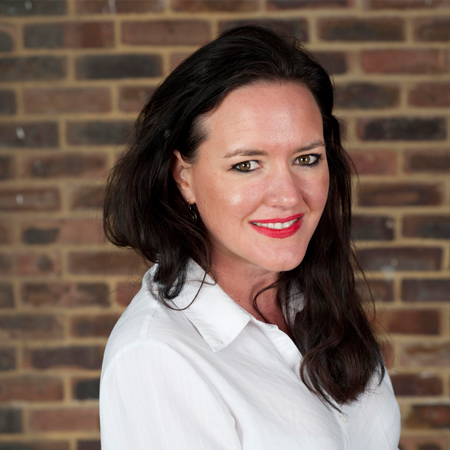Tailor-made design doesn’t need to be expensive, but it should be specific to a project and the resulting space for the people who will be using it. There is also no denying the increasing importance of sustainability and the challenges to make high-end sustainable as well. In fact, designing with quality means longevity, which is in itself sustainable. It is all in the details that create “Moments of delight,” where the magic happens and where guests start to see, appreciate and enjoy a space.
Although there are various expectations that need to be upheld, to provide familiarity such as quality, levels of service or experience, there still needs to be a little element of uniqueness to each location. Boutique and stand-alone hotels can perhaps more easily achieve this, but there is also scope to create individuality within the larger chains. Giving an hotel a “personality” by providing a local experience through architecture, typography, textures and materials, creates moments that resonate – and help make guests part of the story.
But first hoteliers and designers need to understand how people live now and how they will in the future. There was an opportunity during the pandemic for people to stop, take stock and reassess everything in what can be referred to as the “The great reset.” There are now big socio and economic transitions underway that are shaping emerging trends – whether they are social-political, fashion or cultural. The hospitality industry needs to be aware of these changes and hotels more than ever need to adopt a more humancentric approach, as this period post the covid pandemic reinforces the need for human contact.
Things need to become more personal, but personalisation is not just about the individual and the here and now – it is about futureproofing for the unknown. Whatever space they create has to be meaningful and impactful long-term too.
The challenge facing designers is installing timelessness in design. Because things happen so quickly, there is a danger that things can soon become outdated. Trend driven flourishes can be added or altered through soft touches such as textiles and accessories, but the expensive structural elements need to be able to stand the test of time, and be designed to be experience driven – for the location and the market.
The architecture and the foundation of the spaces forms a sustainability standpoint that should last for at least a decade to halt our “throwaway” behaviour. It is all about creating a “Wow” factor that has longevity, because while Instagrammable moments work once, if guests don’t make an emotional connection– things can become gimmicky.
Although it can be challenging to anticipate change 10 years ahead, we need to bear in mind that hotel rooms haven’t changed in that they are still places for people to sleep. Yet how people use the rooms and integrate with the different elements and spaces of hotels has changed. We are seeing how hotels are not just responding to the needs of their overnight guests but are also increasingly becoming social hubs for the local community, as places to work, eat, meet and relax.
There are also “layers” on the experience people now typically expect such as more of a focus on health and wellbeing. This is especially true in luxury hotels, where you are giving yourself permission to indulge. Bathrooms for example are evolving to be more of a sanctuary and a place for wellbeing. Even business hotels that used to be very functional and task oriented, are seeing customer expectations continue to evolve and designers need to anticipate them.
This is where research is key. Digital can aid the progress through retaining algorithms to feed back information to designers. They can use this to help them create hotel environments and experiences that make the all-important emotional connection with guests that go far beyond just a bed for the night.

